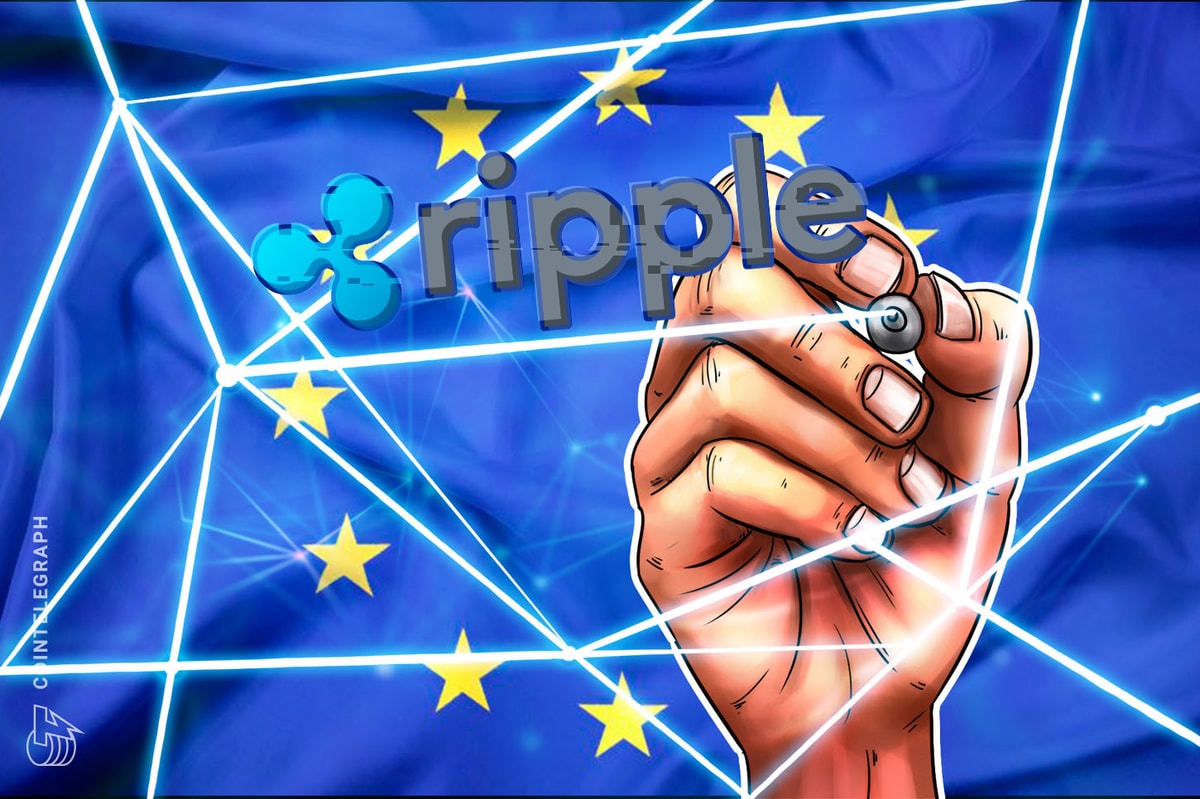Ethereum layer-2 scaling platform Polygon has released its zkEVM to mainnet beta, allowing developers to deploy smart contracts with increased finality and lower costs.
Interview
Polygon has released its open-source zkEVM Ethereum scaling technology to the mainnet, promising reduced transaction costs and increased throughput of smart contract deployments.
Polygon’s zkEVM is a zero-knowledge rollup (ZK-rollups) scaling solution equivalent to the Ethereum Virtual Machine. ZK-rollups increase throughput on Ethereum’s blockchain by batching computations and state storage to layer-2 platforms. The technology allows thousands of transactions to be batched off-chain, with a proof containing a minimal data summary posted to the Ethereum mainnet.
Polygon’s zkEVM is a type of ZK-rollup that mimics the transaction execution environment of Ethereum’s mainnet. The open-source zkEVM is touted to allow decentralized applications (DApps) to scale through transaction batching, unlocking higher performance.
Gas fees are also set to be reduced for DApp users, which could drive wider adoption, while the use of zero-knowledge proofs sees Polygon zkEVM inherit Ethereum’s network security. Lastly, equivalence with Ethereum means that developers can simply copy across existing smart contracts to Polygon’s zkEVM.
Related: Polygon, Immutable zkEVM to tackle ‘huge incumbents exploiting players’
Cointelegraph spoke to Polygon co-founder Sandeep Nailwal ahead of the mainnet beta launch to unpack the significance of the milestone and the anticipated effect zkEVM will have on the wider Ethereum ecosystem.
27th March 2023 will change Ethereum scaling for ever.
What does a “zkEVM Mainnet” mean?
1. EVM Equivalence
2. Fully done and published audits
3. Public access to all developers, builders and users
4. PerformantPolygon zkEVM is the only game in town currently!#zk23 season! pic.twitter.com/OK34fQhTAD
— Sandeep Nailwal | sandeep. polygon (@sandeepnailwal) March 25, 2023
Nailwal described ZK proofs as “the holy grail of Ethereum scaling,” allowing the layer-1 blockchain to simply verify a submitted proof without having to rerun computations:
“Imagine you computed a whole business transaction somewhere else off-chain on layer 2, but on Ethereum, you submitted a very succinct proof, and Ethereum 200% knows that you computed it correctly.”
ZK-rollups are also set to make Optimistic Rollups obsolete, according to Nailwal. The Ethereum blockchain essentially assumes Optimistic Rollups are submitting correct computations, while a network participant verifies the details of the transaction. This is part of the reason Optimistic Rollups on layer 2 have a seven-day withdrawal period:
“That’s why it’s a game changer. The community knows that Optimistic Rollups are like crutches before Ethereum figured out ZK. And now that ZK is there, it kind of makes Optimistic Rollups obsolete. This is the end game basically.”
Nailwal said the advent of ZK-rollups means that future development of the Ethereum ecosystem can focus on user experience, increased scalability and easier proofing to “open up the floodgates” for wider use.
While the zkEVM has been launched to mainnet beta, Nailwal stressed that the technology is in the end state of the product. The zkEVM will continue to be optimized as users increase and bug bounties and further audits will be carried out over the next couple of months.
Cointelegraph also queried whether ZK-rollups have brought the Ethereum ecosystem closer to solving the so-called blockchain trilemma coined by co-founder Vitalik Buterin.
“It is very close, actually. The blockchain trilemma says out of security, decentralization and scalability, you can choose only two. What you are doing is getting scalability somewhere else, computing something and getting the security and decentralization from Ethereum.”
Buterin was also involved in the launch of Polygon’s zkEVM on March 27, carrying out the first user transaction. Nailwal described the gesture as symbolic, given Buterin’s ongoing influence in the development of Ethereum.
Magazine: ‘Account abstraction’ supercharges Ethereum wallets: Dummies guide







